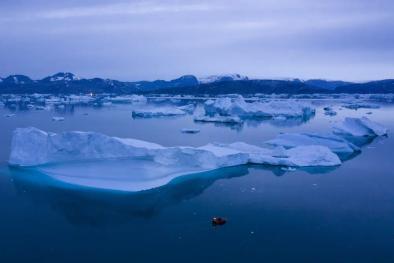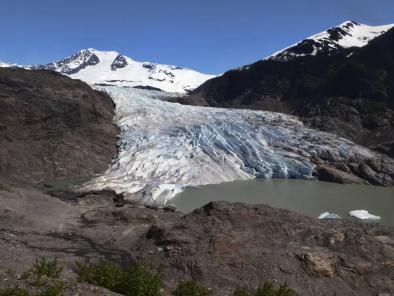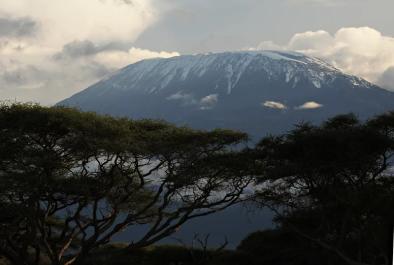Scientists Are Racing to Unravel an Ice Avalanche Mystery

In July, one of the largest ice avalanches ever recorded ripped through a remote area of Tibet. Scientists are now working in the region to understand what caused such a massive chunk of ice to break off a glacier and wreak havoc on the landscape and people living in the region.
There are signs climate change could have played a role in weakening the glacier and could make others in the region and around the world more unstable with potentially deadly results for people living in their shadow.
On July 17, a huge swath of ice tore across the landscape in Rutog county in the northwest corner of Tibet, rumbling for 3.7 miles before reaching the shores of Aru Co Lake. The ice slide killed nine herders in its path along with 350 sheep and 110 yak, according to news reports. Local authorities also evacuated other people living in the area after discovering cracks in surrounding glaciers.
In all, about 3.5 billion cubic feet of ice broke off from a glacier, enough ice to cover a nearly 4-square mile area in a layer of ice up to 98 feet thick in places. Before and after satellite imagery pulled by NASA’s Earth Observatory convey the huge landscape change after the avalanche.
According to Nature, the only comparable ice avalanche ever recorded is a 2002 event in Russia’s Caucasus Mountains that killed 140.
...
One possible cause is that the base was lubricated by melting water, allowing it to suddenly tear free of the main glacier. Climate change has helped send temperatures sailing higher at a rate of about 0.7° F (0.4·°C) per decade since 1960 in the region. That’s twice as fast as the rest of the world. It will take months of research to get to the bottom of the role climate change played, but the instability it’s causing in the mountains is clear.
“The risk of natural hazards is amplified in the mountains and by the mountains,” Shea said. “And climate change generally acts to enhance these risks even further"
Related Content






